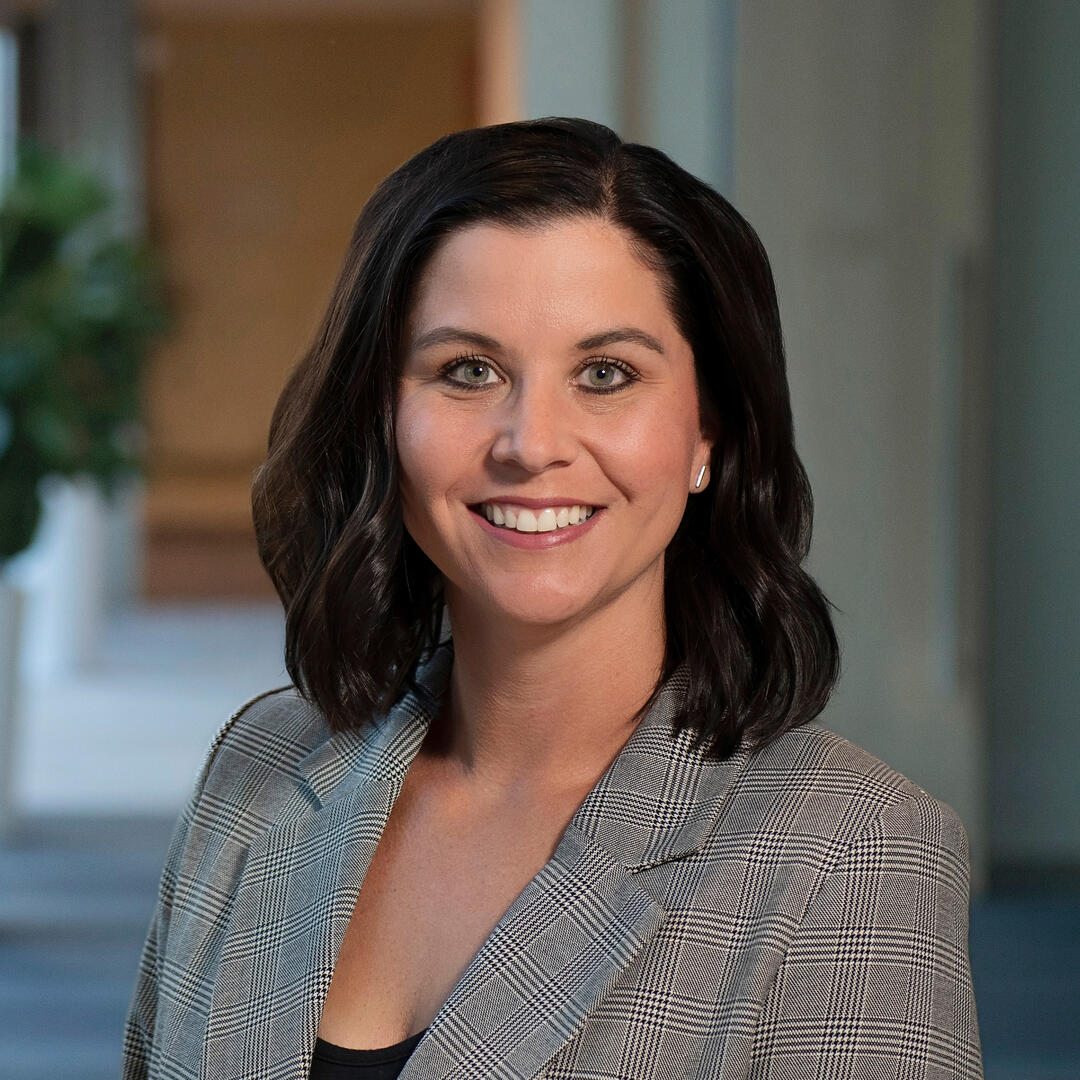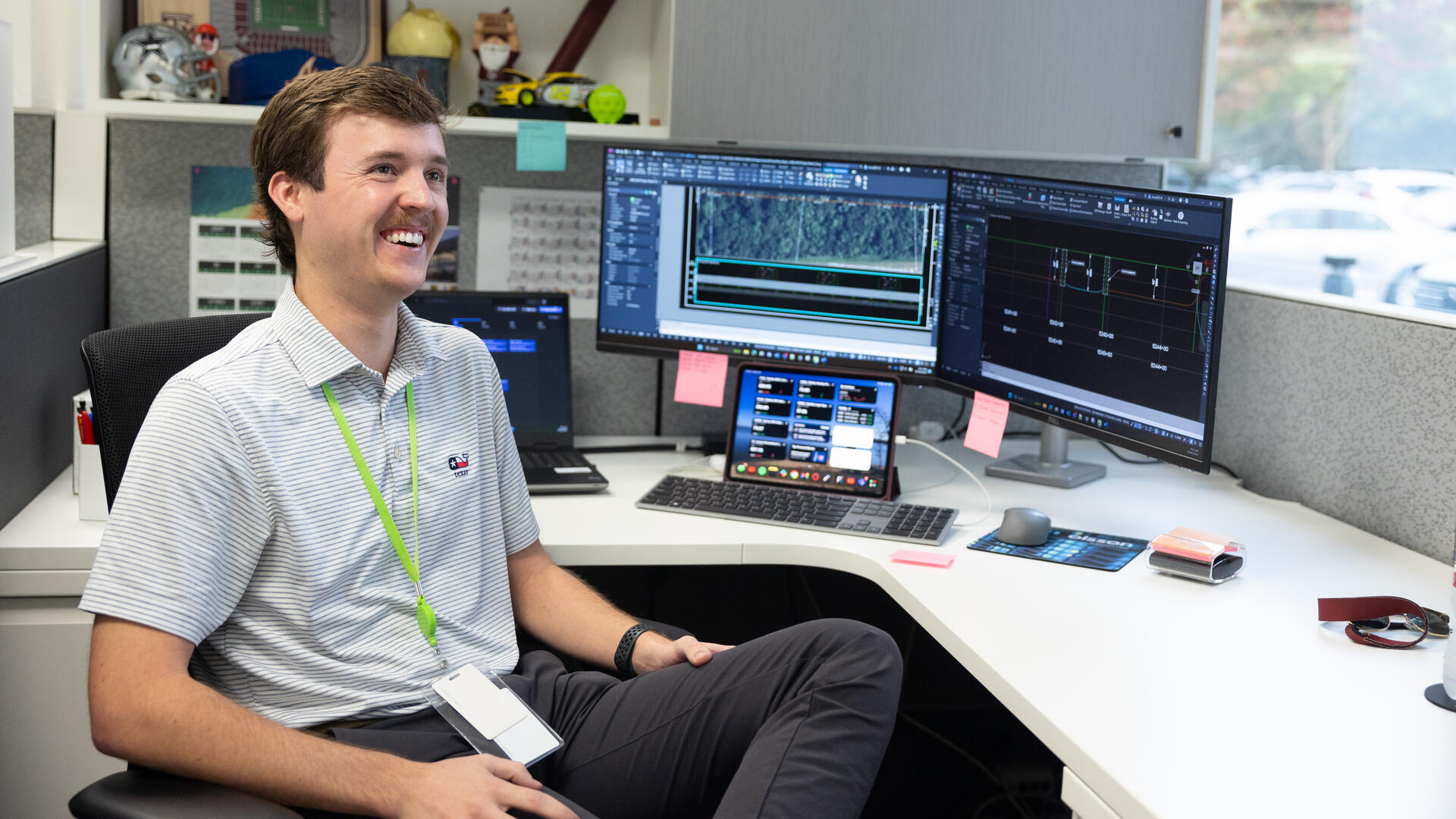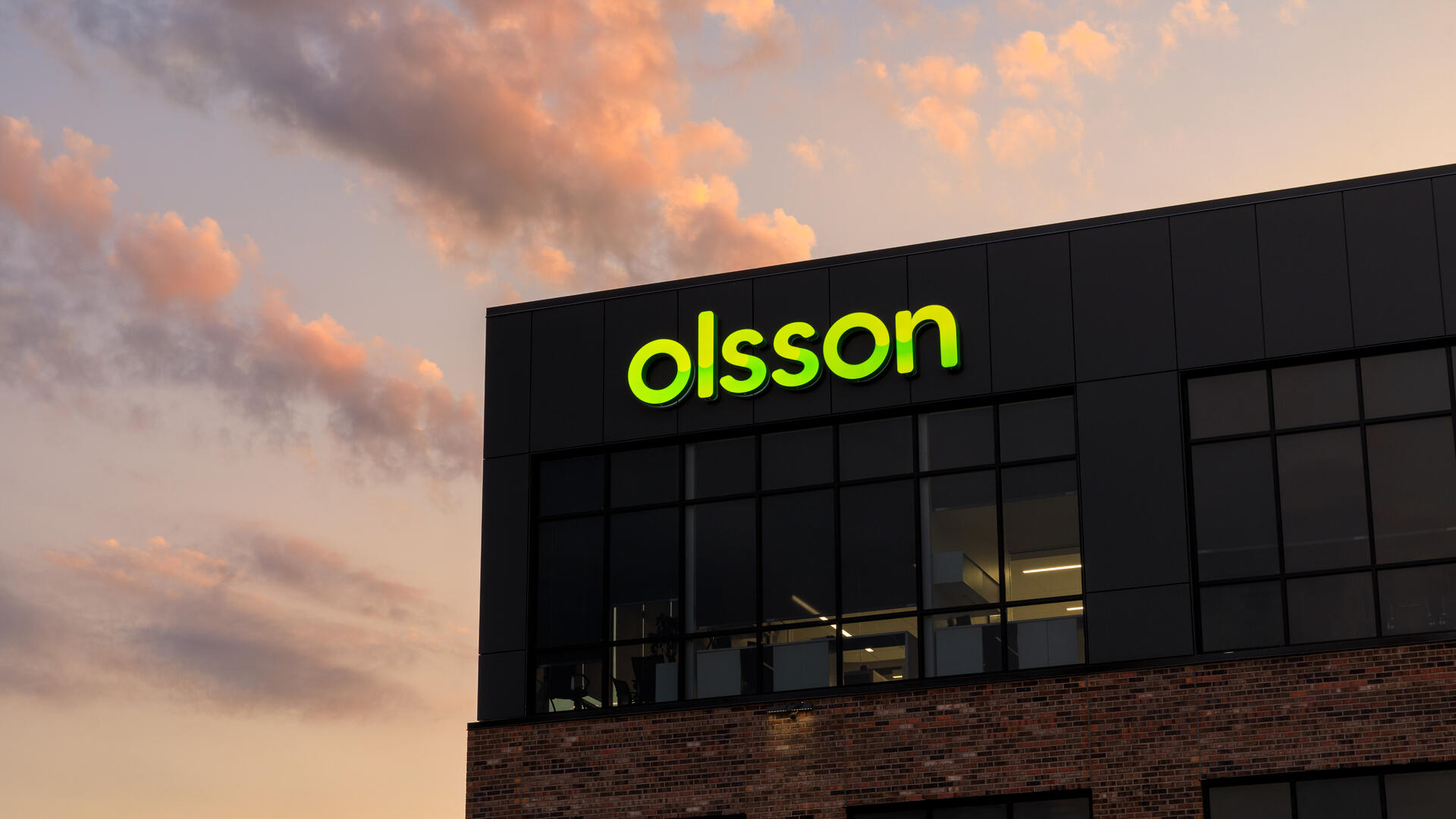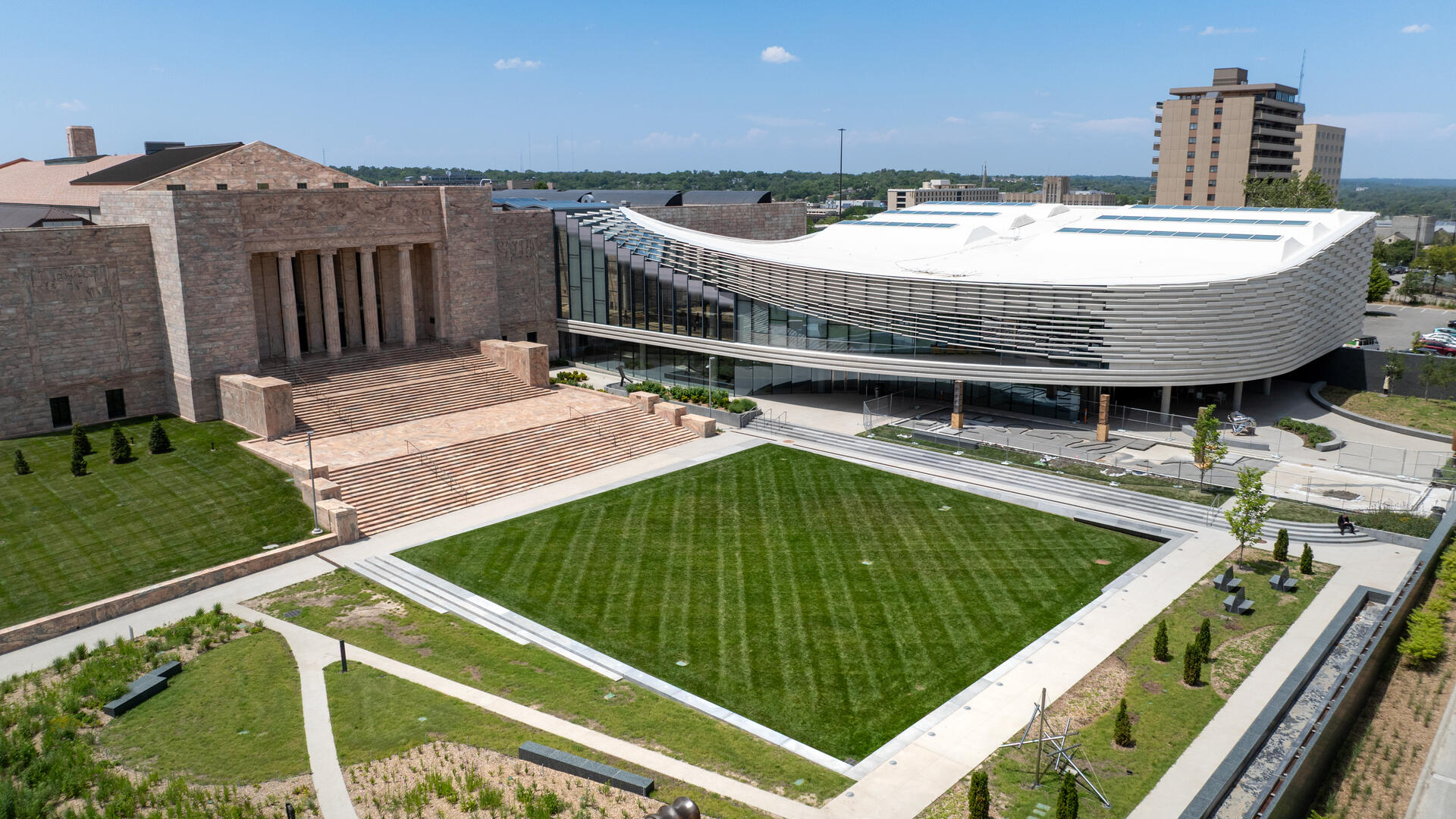Whether they are military members heading home for the holidays or students going back to school after spring break, roughly 80,000 passengers annually depend on the Manhattan Regional Airport. After 44 years of active use, the airport’s largest runway needed to be replaced.
The airport fuels economic growth in northeast Kansas and is critical to a variety of travelers: visitors, community members, Kansas State University students and staff, military personnel from Fort Riley, flight schools, and more.
“We take safety very, very seriously and maintenance is a big part of that,” said Brandon Keazer, the airport director. “We want to make sure that our customers are flying in and out and operating in a safe environment. That’s why creating the brand-new runway was incredibly important.”
The City of Manhattan called on Olsson to lead design and oversee construction. For a project of this scale – costing about $30 million – it was also crucial to secure outside funding, so expenses didn’t solely land on the city.
We helped strategize funding opportunities that covered more than 90% of the project cost. The airport received grants from the Federal Aviation Administration (FAA) and the Department of Defense (DOD), due to personnel using the airport from nearby Fort Riley.
“We’re outside-of-the-box thinkers, especially when it comes to creating funding strategies or how you might build in a way that would be more economical or faster,” said Diane Hofer, aviation technical expert. “We don't just draw a rectangle for a runway. We look at it from different angles and perspectives to get the best solution for our client.”
"We don't just draw a rectangle for a runway. We look at it from different angles and perspectives to get the best solution for our client."
The new runway was one of the largest projects in the airport’s history. The scale of the project meant the facility needed to temporarily close. That meant the job needed to be done correctly, quickly, and efficiently.
To provide the best runway solution, we analyzed 210 different combinations of materials and methods for the pavement section. Our several hundred-page final report provided the airport team with the background necessary to justify the project plan and design and secure the grant funding.
We used an innovative technique known as rubblization to break up and smooth the existing runway concrete. The crews stabilized the base and applied new layers of concrete along the runway. Compared to a full demolition and runway removal, this solution saved the airport time and money. We also designed six taxiway intersections that connect to the runway, airfield lighting, and navigational aids.
“Working with Olsson throughout the project was absolutely great,” Brandon said. “All the way back to the planning phase to moving into design and trying the new rubblization to carrying that over into construction. The coordination from Olsson was spectacular.”
Coordination was especially important when the airport closed during construction. As the project manager, Diane worked closely with airlines, the FAA, subconsultants, airport staff, and the City of Manhattan to communicate scheduling and project updates.
During the runway reconstruction, design manager Don “Mac” McElravy led construction administration and inspections. Many days during construction, Don said there were more than 2,000 cubic yards of concrete paved. That's over 200 truckloads per day.
“My job is to help keep people safe by making sure the project is built properly and adheres to FAA standards,” Don said. “I help prevent errors and enjoy bringing peace of mind to the airport and travelers.”
Don has worked on airport projects for nearly 40 years. He says they are like mini cities and require a team effort. About 10 groups within Olsson worked together to provide an array of services: civil, structural, geotechnical, electrical, and mechanical engineering; survey; testing; and construction administration and inspections.
As part of a separate project, we also designed two airport hangars that are scheduled for construction this year. The best part: we helped secure grants that will cover 100% of the hangars’ cost thanks to the FAA and the Build Kansas Fund.
In September 2023, the airport reopened with the new runway. It was a special moment seven years in the making.
“My favorite part is when you’re done and see that gleaming white new runway and the first airplane lands on it,” Diane said. “The runway should keep people connected for decades to come. It’s pretty special to play a part in that.”

































.avif)





































.avif)


























